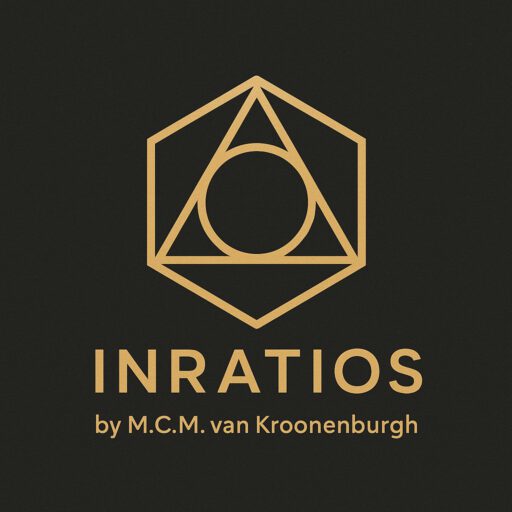The Shape Beneath the Label
Beyond Labels: Understanding Through Proportion
When Names Deceive
In digital systems, labeling is everywhere.
AI tags a shape as a “circle.”
CAD software registers a form as a “rectangle.”
A user draws something, and the system auto-fills: triangle detected.
But here’s the problem:
labels assume.
Not maliciously, but simplistically.
They assume that what something appears to be, is what it structurally is.
And that assumption can be incorrect.
Because in reality, structure doesn’t always match the label.
A distorted ellipse might be called a circle.
An irregular polygon might be called a triangle.
A blob with curved edges might get tagged as “round.”
If the system doesn’t measure, it doesn’t truly understand.
That’s where the Geometric Ratio Model (GRM) offers a deeper truth:
It doesn’t care what a shape is called, only what it does.
Proportion as Identity
In GRM, the identity of a shape is not based on name, outline, or assumption.
It’s based on one thing only: how much of its container it fills.
A true circle, inscribed in a square, occupies 0.7854 SAU.
A triangle? 0.4330 SAU.
A hexagon? 0.8660 SAU.
These are not labels.
They’re signatures.
Fixed. Measurable. Dimensionless.
If a form doesn’t match the signature, GRM doesn’t say “close enough.”
It says:
“This shape does not structurally qualify as a circle.
Measured ratio: 0.7183 SAU. Deviation: -0.0671.
Possible classification: organic ellipse or malformed geometry.”
Suddenly, the shape beneath the label becomes visible.
And more importantly: interpretable.
Why This Matters (Especially in AI)
Modern AI systems are built on training data and classification.
But when trained on millions of images (often labeled by humans) they inherit human-level assumptions.
The system might learn that “anything rounded is a circle.”
That works for emojis. Not for diagnostics.
In contrast, GRM allows systems to:
- Measure without bias
- Compare without naming
- Interpret based on ratio, not resemblance
This fundamentally shifts how AI handles form.
It’s no longer about guessing what something is,
but about understanding how it behaves structurally.
Applications: Logic Beyond Language
- In OCR: differentiate between a perfect “O” and a smudged one, based on SAU.
- In CAD: detect when an “assumed square” is slightly off and flag for precision correction.
- In AI training: use proportion instead of class labels to ground recognition.
- In education: teach learners that “circle” is not just a word, but a ratio.
- In forensics: detect visual forgery when a claimed form doesn’t match its expected occupation.
Structure becomes the truth that lies beneath language.
From Label to Logic
What GRM teaches us is simple, yet powerful:
Don’t trust the name.
Trust the structure.
In a world of visual overload, recognition can be shallow.
But logic? Logic runs deep.
And proportion, as GRM shows, is a language machines can read, test, and verify.
Tomorrow we close the series with a look ahead:
If AI stops guessing and starts measuring,
can structure replace search? Can logic replace labelling?
Up next: “Seeing Differently – Why Structure Will Guide AI”
– A new foundation for digital understanding, shaped not by perception, but by proportion.

